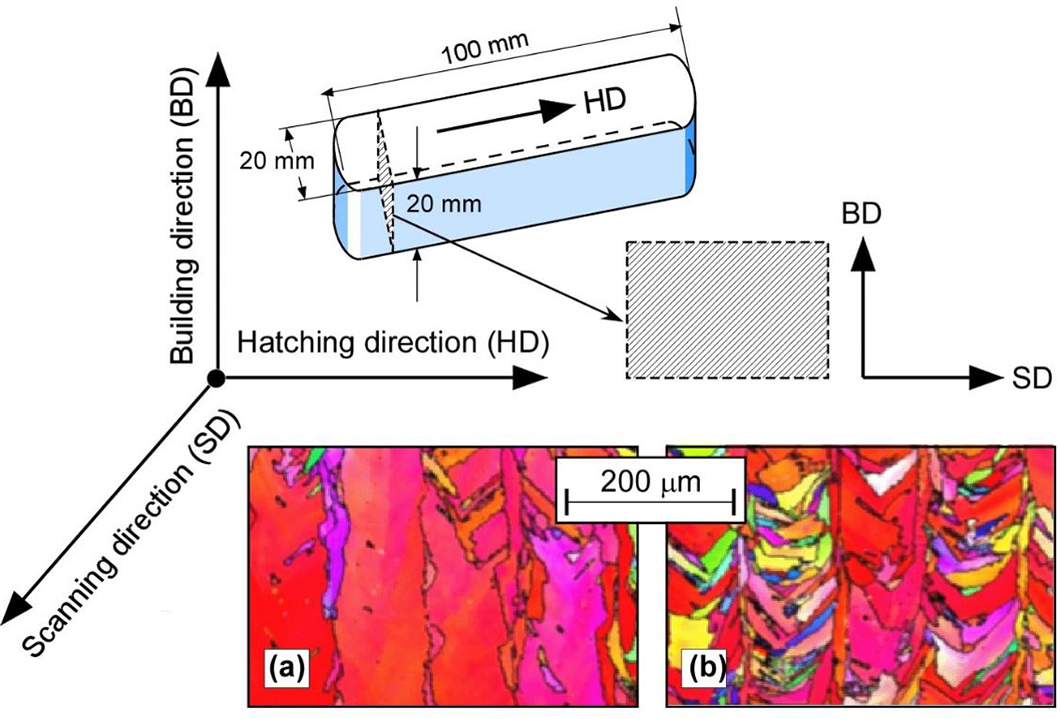
Source: BAM division Weld Mechanics and division Micro NDT
With regard to their fatigue behavior (i.e. the impairment of load-bearing capacity under cyclic stress), additively manufactured metallic components exhibit special features that have so far prevented their use beyond a few individual cases. In particular this relates to defects such as pores, insufficient fusion, and a distinctly rough surface in regions that are often difficult to access for mechanical processing. In addition, pronounced tensile residual stresses in the regions close to the surface play an eminent role. In contrast to conventionally manufactured components, these defects/ stresses must be explicitly taken into account in the component design, for which novel strategies are required. The problems encountered and ideas for overcoming the issues mentioned above are the subject of this paper. It comprehensively presents the state-of-the-art and supplements it with strategic considerations for its strengthening and further development in component evaluation. The paper is the result of an international workshop jointly organized in Berlin by BAM and NIST (National Institute of Standards and Technology, USA). Developed under the leadership of BAM staff, it reflects a broad consensus with co-authors from eleven European and American research institutions, which gives it additional weight.
Damage tolerant design of additively manufactured metallic components subjected to cyclic loading: State of the art and challenges
Uwe Zerbst, Giovanni Bruno, Jean-Yves Buffière, Thomas Wegener, Thomas Niendorf et. al.
published in Progress in Materials Science, page 100786, 2021, online publication
BAM division Weld Mechanics and division Micro NDT


